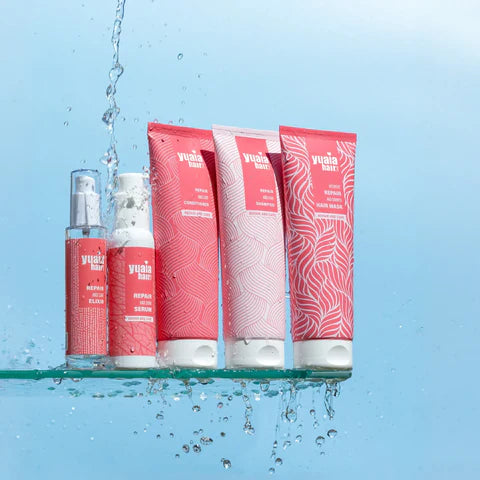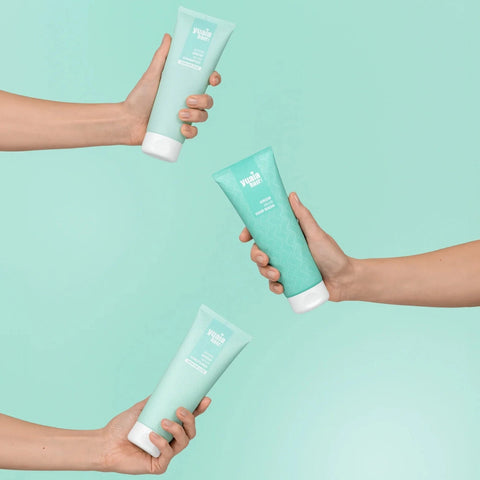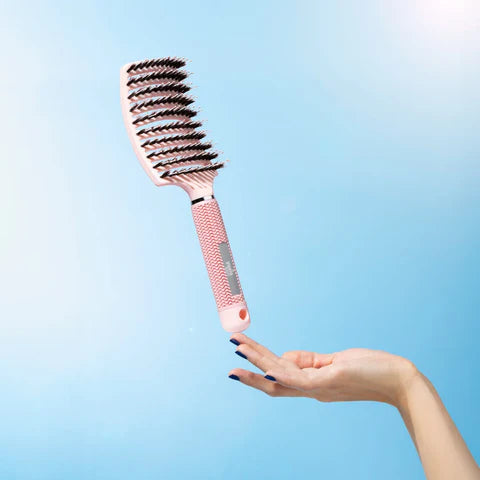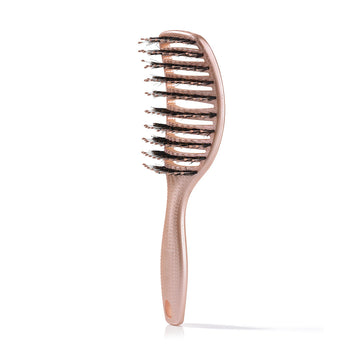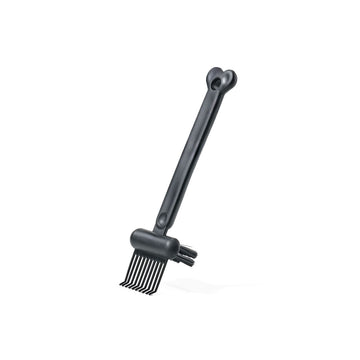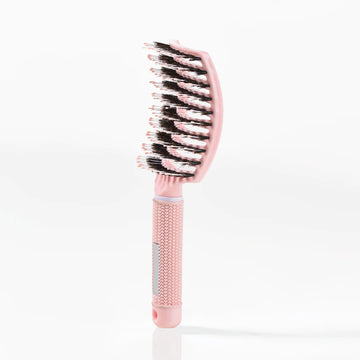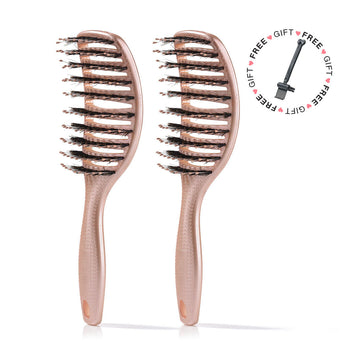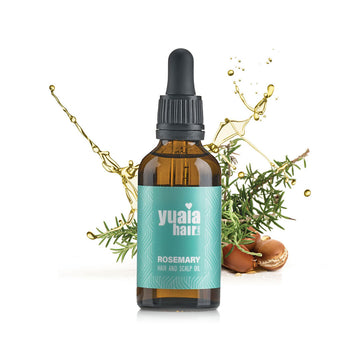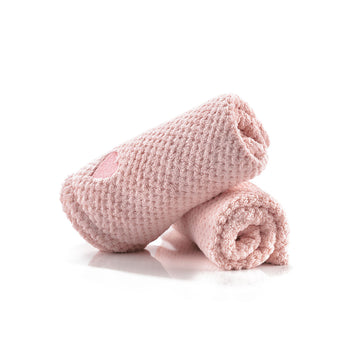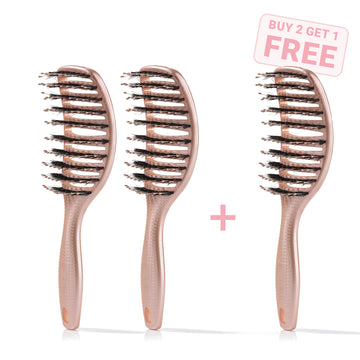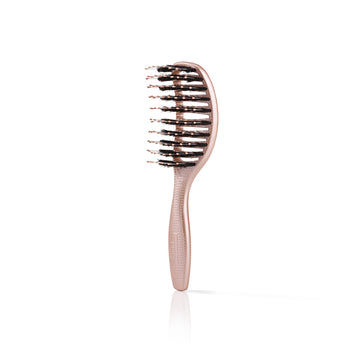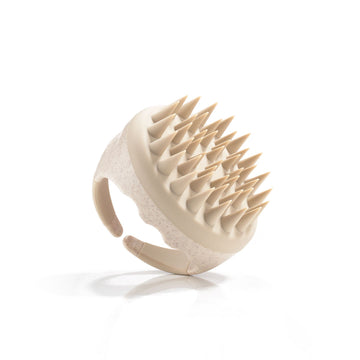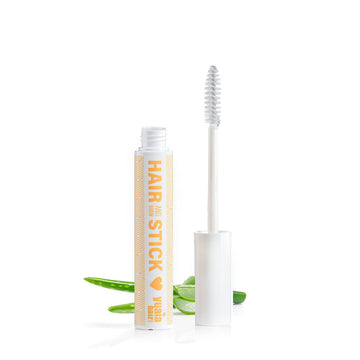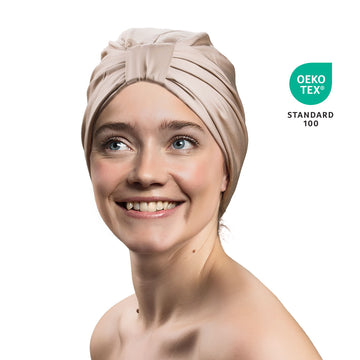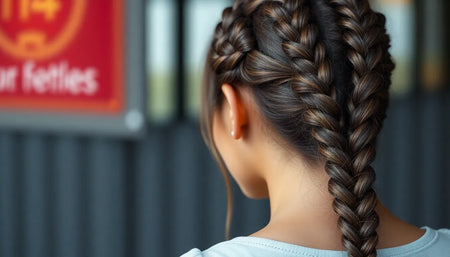
Common Problems Caused by Tight Braids
One of the primary concerns associated with tight braids is traction alopecia, a type of hair loss that occurs due to the continuous pulling on the hair strands. This condition can result in broken hairs, receding hairlines, and even patches of hair loss, particularly around the areas where the braids are the tightest.
In addition to traction alopecia, tight braids can also cause other health issues such as scalp tenderness, headaches, and even infections. The constant pressure and pulling can make the scalp sensitive and painful, while the tension can lead to small bumps along the hairline. These bumps can become entry points for bacteria, increasing the risk of infections.
Understanding these potential problems is the first step in preventing scalp damage. By recognizing the signs early and taking proactive measures, you can protect your scalp health and continue to enjoy the versatility and beauty of braided hairstyles.
Traction Alopecia: A Common Consequence
Traction alopecia is a prevalent condition resulting from the continuous tension exerted on hair follicles by tight braids. This type of hair loss manifests through symptoms such as broken hairs, receding hairlines, and noticeable patches of hair loss. These signs are often most evident around areas where the hair is pulled tightly.
This condition is particularly common among women of African descent, largely due to cultural practices and the natural shape of their hair follicles, which makes them more susceptible to this kind of damage. Early detection and intervention are crucial, as removing the tension can often reverse the condition. However, if the strain continues, it can lead to irreversible damage to the hair follicles, resulting in permanent hair loss.
Symptoms to Watch For
Recognizing the symptoms of potential scalp damage early can prevent further complications. Key symptoms to monitor include:
- Persistent scalp tenderness or pain.
- Appearance of bumps or pimples along the hairline.
- Noticeable thinning hair or receding edges.
- Visible patches of hair loss, especially in areas under tension.
If you notice any of these symptoms, it is advisable to consult a dermatologist to assess the condition of your scalp and receive appropriate guidance on how to mitigate further damage.
How to Protect Your Scalp and Hair
Maintaining a healthy scalp while enjoying the beauty of braided hairstyles is possible with a few practical steps. First and foremost, avoid excessively tight hairstyles. Opt for looser braids and alternate styles regularly to minimize constant tension on the same areas of your scalp. This simple change can significantly reduce the risk of traction alopecia and other scalp issues.
Allow your hair and scalp to rest between styling sessions. This downtime gives your hair follicles a chance to recover and maintain their natural strength and resilience. Additionally, using gentle haircare products can soothe and maintain scalp health. Choosing products that are free from harsh chemicals can help avoid irritation and keep your scalp in optimal condition.
Yuaia Haircare Solutions for Scalp Health
Yuaia Haircare offers a range of products designed to support and enhance scalp health. Our sulfate-free, silicone-free shampoos and conditioners gently cleanse the scalp without stripping away essential moisture. This helps maintain a balanced environment for healthy hair growth.
Incorporating regular scalp massages with our Rosemary oil can promote relaxation and improve scalp circulation, which may contribute to a healthier scalp. Our boar bristle brushes are ideal for gentle detangling and stimulating the scalp without causing damage.
Frequently Asked Questions
How can I tell if my braids are too tight?
Signs that your braids may be too tight include pain, bumps, or hair loss around the hairline. If you experience any of these symptoms, consider loosening your braids or opting for a different style.
Can traction alopecia be reversed?
Traction alopecia can often be reversed if detected early and the tension is removed. It is important to address the issue promptly to prevent permanent hair loss.
What are some alternatives to tight braids?
Consider looser styles or protective hairstyles that do not require pulling on the scalp. These alternatives can provide the beauty and practicality of braids without the associated risks.
Embrace Healthy Hair Practices
Prioritizing scalp health alongside hairstyling preferences is key to maintaining both beauty and well-being. Listening to your body’s signals and making necessary adjustments to your hair care routine can help prevent damage and promote healthy hair growth. By taking these steps, you can enjoy the versatility and cultural richness of braided hairstyles while protecting your scalp and hair health.
 2-4 day UK delivery
2-4 day UK delivery
 25.000+ satisfied customers
25.000+ satisfied customers
 Satisfaction Guarantee
Satisfaction Guarantee



